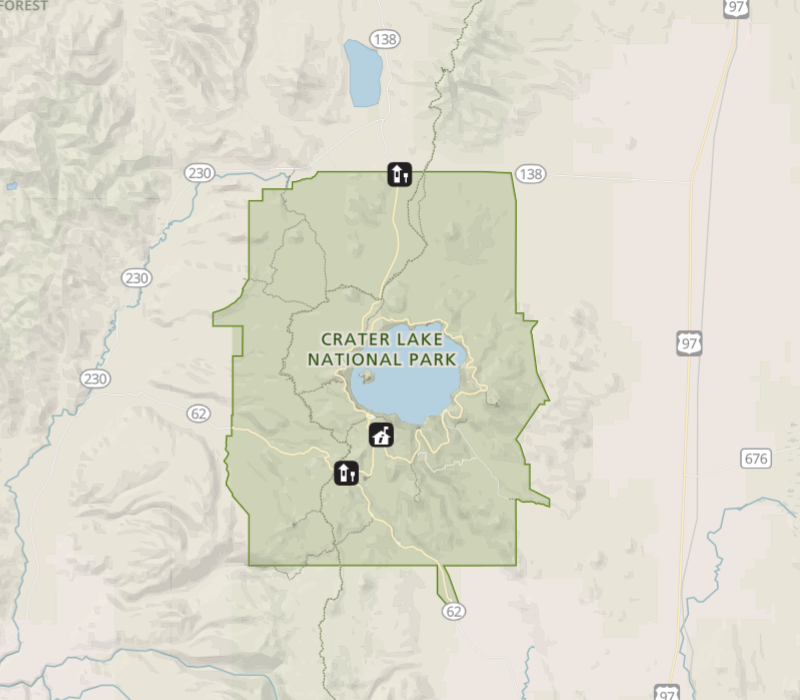
USGS Investigators: Tamara Wood
NPS Investigators: Scott Girdner
| 2017 | 2018 |
|---|---|
| $95,500 | $54,500 |
Crater Lake is the deepest lake in the United States (580 m) and one of the clearest and most pristine lakes in the world. Climate change threatens to alter the fundamental lake processes in Crater Lake that make it so awe-inspiring to the public. A USGS-NPS partnership funded study has shown that warming fall-winter air temperatures at Crater Lake will likely reduce the frequency of deep-water mixing events (an exchange of water between the surface and depths below 300 m) or halt them all together due to warming water temperature.
In this study, we will address the questions:
